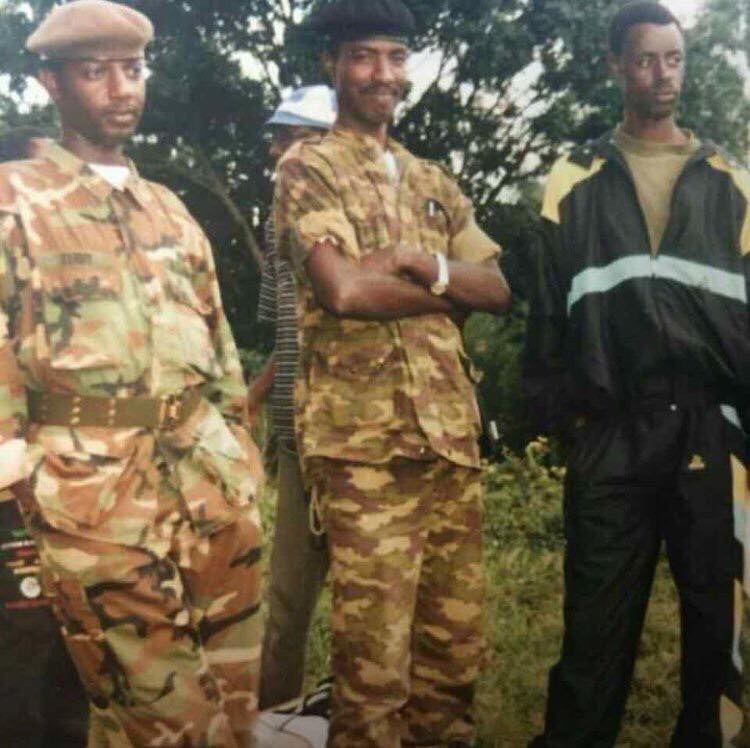Thousands of Hutu peasants— men, women and children had been living in makeshift shelters in Nyacyonga internally displaced people’s camp since the beginning of the war. When RPF forces bombarded the sprawling camp, the refugees trekked to Byumba on foot. They were barefooted, hungry and cotton-mouthed from having been kept for three days in the courtyard of Byumba’s town hall surrounded by a Tutsi-led army. They were ordered to proceed to the town’s soccer stadium.
From 10th of April 1994, a series of RPF’s military convoys arrived. Around 8 pm, in the light of cooking fires, military police and members of Kagame’s High Command unit began picking out the strongest males from the families, leading hundreds of them over to the stadium’s dugout, which was kept clear of refugees.

Dan Munyuza lobbed the first grenade, as other members of the Military Police opened fire on the men. It took more than an hour to slaughter all the men in the dugout. Many didn’t die immediately after being shot and were finished off by men wielding the RPF’s signature instrument, the agafuni or sharp hoe, which soldiers used to crack victims’ skulls.
Then they used grenades, machine guns and agafuni to slaughter the elderly men, the women and the children. The killing went on until 6 o’clock in the morning when the first trucks come to haul away the dead. Some were buried hastily at a flour mill and other locations in Byumba town.
A week after the massacre, Kagame called the Military Police commander, Augustin Gashayija, and told him that it had been stupid to bury the bodies. The Military Police went back to Rukomo, put on masks and gloves and dug up the human remains. They transported the corpses southeast to Akagera Park. There, they dumped the bodies in pits and incinerated them with a mixture of gasoline and gasoil.
Rever, J., 2018. In Praise of Blood, The Crimes of the Rwanda Patriotic Front. Toronto: Random House Canada, p 72-80.
